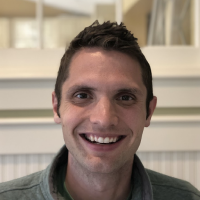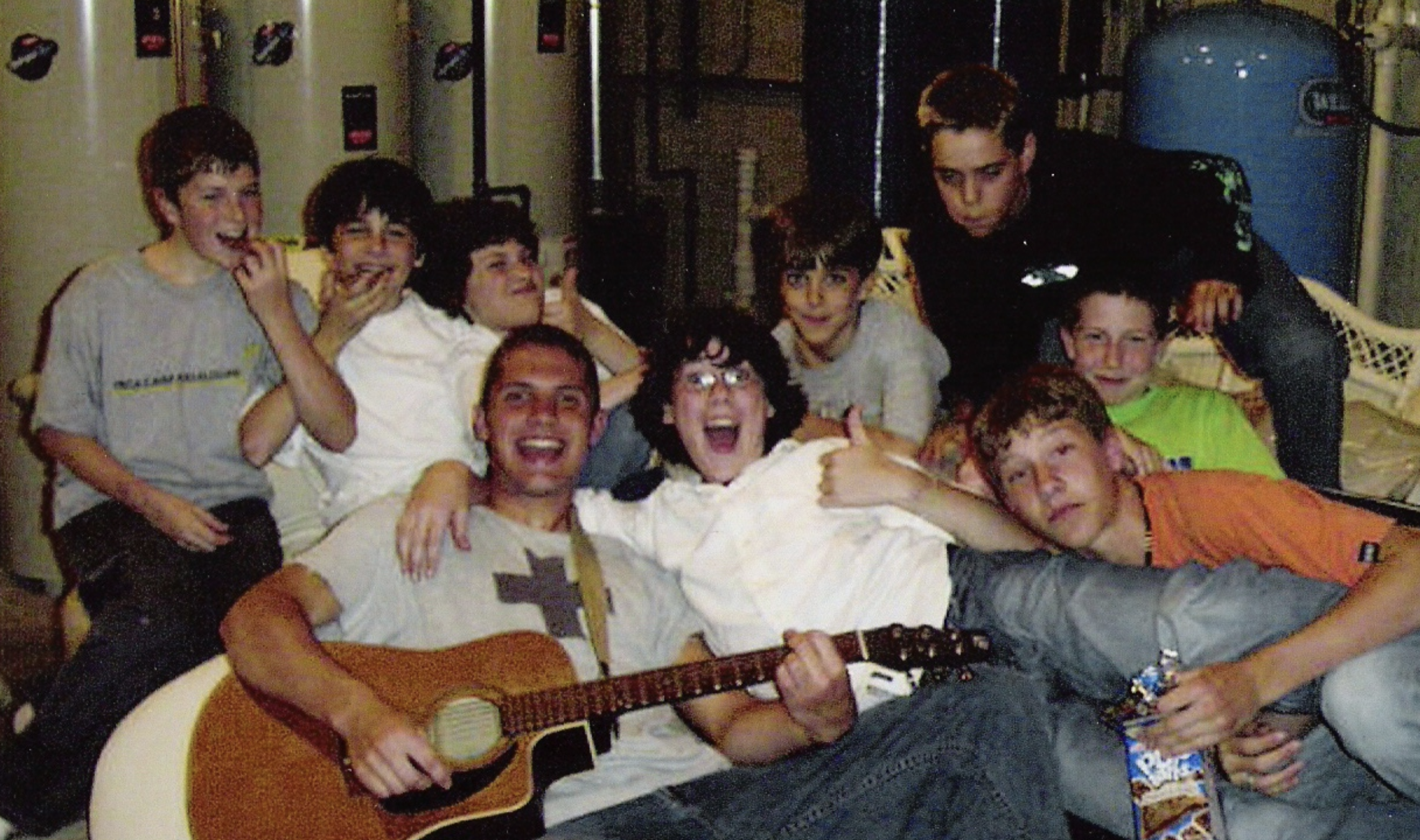I’ve worked with many emerging leaders over the years - from my days as a youth pastor, to leading employees early in their careers, to mentoring first-time founders. It’s been an honor to walk alongside these young leaders as they’ve found their footing and leaned into their God-given abilities.
As I reflect on both their experiences and my own, I believe there are three key ingredients that go into maximizing the potential of a young leader: vision, experience, and mentorship.
1. Vision
I was a freshman at Calvin University. It was my first semester - a time when our whole class was still trying to figure out what it meant to be out from under the roofs of our parents. With spiritual life being an emphasis on campus, groups of students would organically gather and carpool to different churches - a sort of group-oriented “church shopping” with the goal of finding a church we could settle into during our time at university.
On one of these Sundays, the group I was part of ended up at Ada Bible Church - a large church on the east side of Grand Rapids, Michigan. We sat in the front row (likely because we were late and the front row is consistently the last to fill).
After a few songs, the church’s youth pastor, Brady Nemmers, walked onto the stage and began to teach. I was captivated.
While I had heard plenty of pastors in my life having grown up in church, there was something different about Brady. The best way I can put it is: “I saw myself in him.”
“I saw myself in him.”
While I wouldn’t have been able to articulate it at the time, I think a few attributes created this connection in my mind:
Age
He was 10 years older than me, enough distance that he was sufficiently ahead on life’s path, allowing me to learn from his wake, but not so far that I couldn’t relate or felt he was a full generation removed.
Commonality
While teaching, he talked about traveling to Turkey and visiting the sites the apostle Paul had visited and written to. Interestingly enough, the summer between high school and college I had done a very similar trip. This overlap pulled me into the teaching on a new level.
Personality
Most significantly, Brady’s energetic style and engaging personality were similar to mine, but more personable, quick-witted, and graceful. If I saw refining my personality as a craft, Brady embodied the template I wanted to follow.
It was the combination of age, experience, and personality - and seeing how it all came together in teaching the Gospel so effectively - that left me with a single thought:
“That’s what I want to do.”
I now had a vision for what I wanted to do and who I wanted to become. Without this step, the next steps wouldn’t have mattered, because I wouldn’t have had the motivation to seek out mentorship or experiences to grow in this space.
2. Experience
Armed with this vision, I soon called the church to ask if there were any needs within the student ministry - the ministry Brady oversaw. Shockingly, they said no - there weren’t any needs at that time. I got off the phone a bit disoriented as to what direction to take this.
Almost comically, four minutes later my phone rang. “Actually, there is a need as a middle school small-group leader,” the voice said. Perfect! I was in.
A few weeks later I walked into the church on a Wednesday night, having little idea of what to expect. I met a number of other leaders, and then the flood of kids entered the building. I watched as the structure of the night beautifully unfolded - helping students connect with each other and with God through engaging leaders, games, and worship. Then we all funneled into a single room and Brady spoke. This only further affirmed: this is what I wanted to do.
After the teaching, I circled up with a group of squirrely middle school boys. As chaotic as it was, I loved the energy and the chance to get to know them and coach them on what following Jesus at home, at school, and beyond looked like. Week after week, month after month, for multiple years, I met with them. It was through this process that my leadership skills began to emerge and develop.
3. Mentorship
Near the beginning of my sophomore year, during one of these Wednesday nights, a need was expressed during our leader gathering - we needed another teacher. The youth group structure was such that some weeks we met in multiple locations and multiple teachers would be teaching at once. There was an opening.
At just 19, I felt God tugging on my heart to volunteer. Insecure as I was, the pull was undeniable. With my heart thumping, I pulled one of the staff aside at the end of the gathering and told them what I was feeling. We prayed through it, and a few weeks later I found myself preparing to teach my very first sermon.
And this is where the mentorship really kicked in. Not only was I given notes on what to teach, but Brady began meeting with me every week at a nearby coffee shop, talking not only about teaching but about life in general.
And this continued.
For years.
The amount of time he poured into me was incredible. Slowly, through the combination of experience + mentorship, my teaching improved, my care for people deepened, and my overall leadership reached levels I didn’t know I was capable of.
A Template to Follow
This is the pattern I’ve seen time and again: a young person sees a leader they resonate with, and from that person they catch a vision. Then, when given meaningful work to do in that space - combined with intentional mentorship - what began as just a seed blossoms.
How Established Leaders Can Use This Template
For established leaders, here are a few takeaways to lean into:
Help Them Catch the Vision
- Provide opportunities for young people to shadow the work you do.
- Talk about the work you do with young people. Whether at a local high school, university, or in casual interactions, give them a glimpse into your world.
Give Them Meaningful Experiences
- Provide volunteer opportunities, internships, residencies, and early-career positions.
- Allow the work entrusted to them to be meaningful, not menial. Let them feel the weight of responsibility.
Invest Time Into Them
- For the young leaders you’ve brought in, meet with them regularly.
- Help them plan for what’s ahead.
- Help them process what they’ve experienced.
- Keep the aperture wide - don’t limit your focus to work only. As a mentor, they are watching your example in every aspect of life (work, marriage, parenting, speech, spending habits, etc.).
How Young Leaders Can Use This Template
If you’re a leader looking to grow, here’s how you can lean into these same principles:
- Find a leader you admire and ask if they’d be willing to have coffee. Write 20 questions beforehand - not to read word-for-word, but to guide the conversation. Leaders admire intentional learners.
- Ask that leader if there are opportunities to volunteer, intern, or work in their organization. Tell them why you want to grow specifically at their organization or program. Leaders want to see intrinsic interest.
- Once you’re in, find someone you respect and connect with. Find ways to overlap with them as much as possible - whether a supervisor, an older peer, or a leader in another department. Consistent overlap is key for learning and reflection.
Whether you’re an established leader or just starting your career, we all have a role to play in creating a flourishing next generation of leaders.

